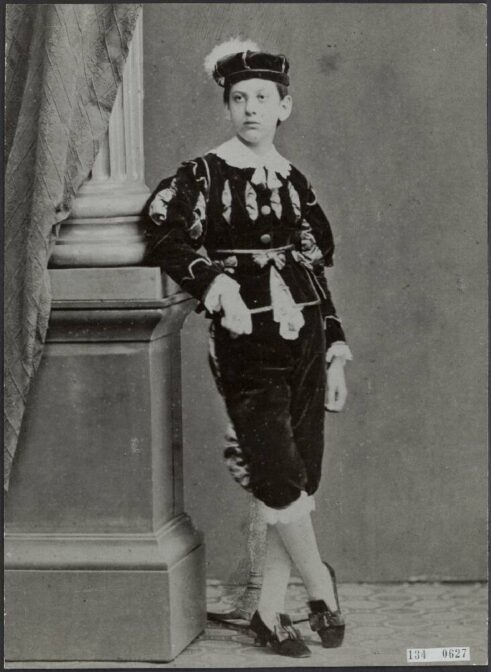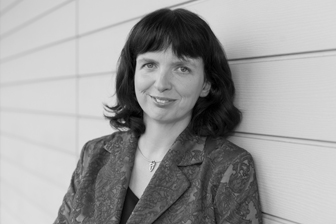Since 2018, it has been possible for non-binary people in the Netherlands to have an “X” in their passport instead of “M” (man/male) or “V” (vrouw/female). People have to be at least sixteen years old to choose to register as non-binary. You will not find non-binary people mentioned as such in official records before 2018.
Dutch does not have a widely accepted pronouns for non-binary people. Some people prefer “hen,” the Dutch version of “they,” used with the third person singular verb conjugation. Others prefer “die,” the demonstrative pronoun (“this”) or “diegene” [this person].
An example of a Dutch historical person who was gender-nonconforming and who might identify as non-binary today is the author Louis Couperus. His works show both his female and male sides. He famously once said about his gender (translated): “if I am anything, I am a Hagenaar,” a term used for a resident of The Hague. I am using the he-his pronouns here since that is what he used to refer to himself.

Louis Couperus as a child, 1874. Collection Nationaal Archief (public domain).

